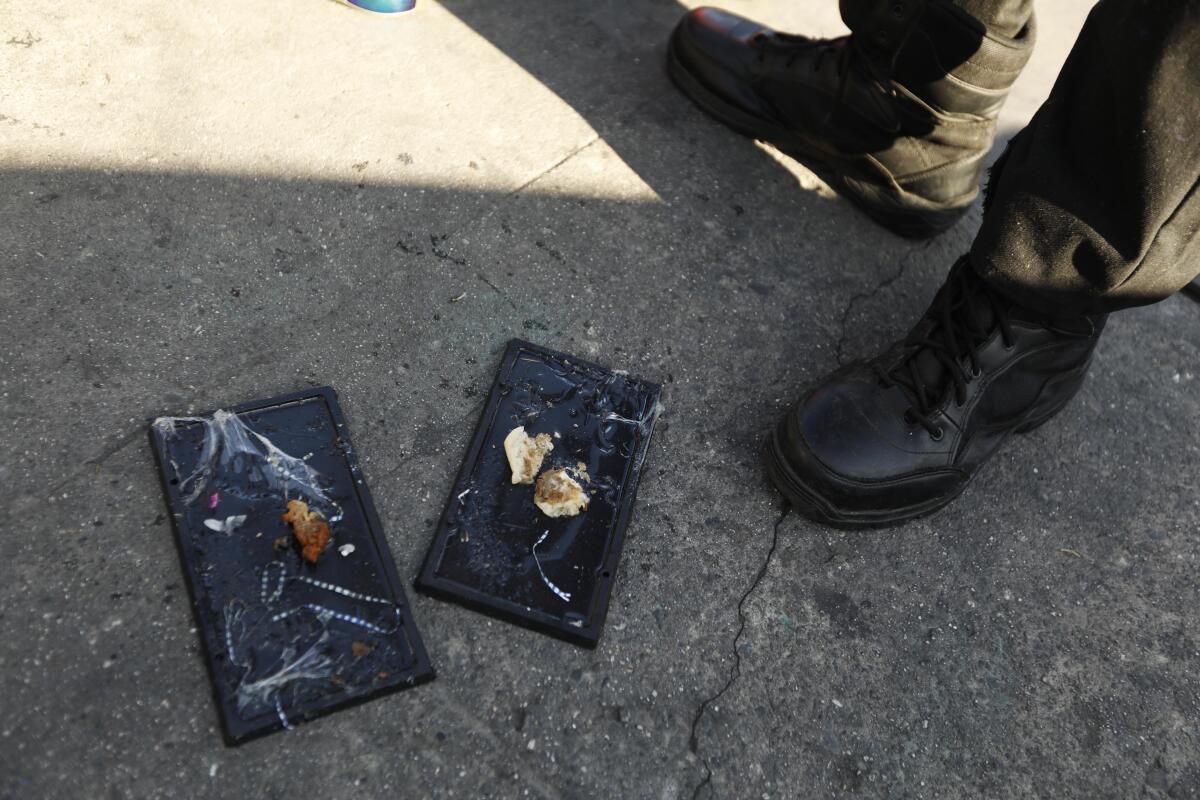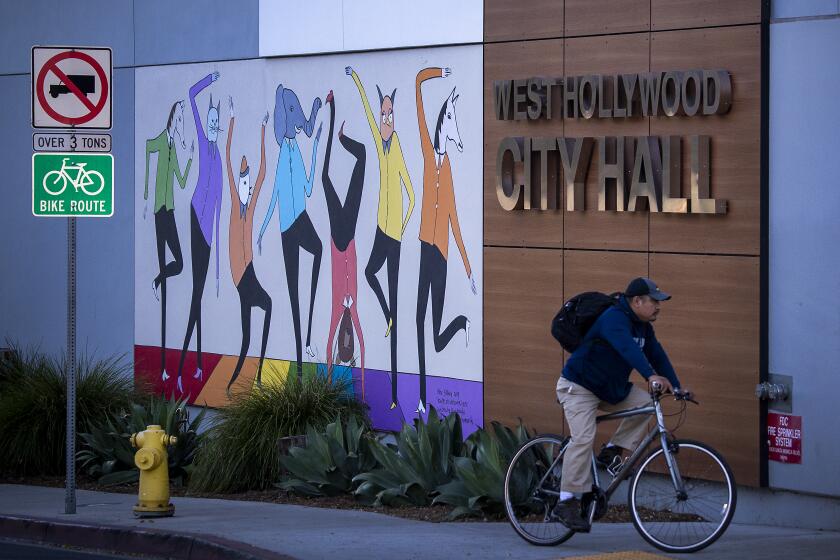Ojai becomes 2nd U.S. city to ban ‘horrible, indiscriminate killing devices’: glue traps

Animals dying slowly and painfully from starvation, dehydration, asphyxiation and blood loss. Having their eyes and mouths glued shut. Chewing off their own limbs trying to get free.
Jakob Shaw, special projects manager for People for the Ethical Treatment of Animals, laid out the gruesome consequences of glue traps Tuesday as the Ojai City Council considered a ban.
Glue traps — boards coated with an adhesive meant to entrap rodents — have ensnared birds, bats, chipmunks, lizards, opossums, mice, rabbits, salamanders, snakes, turtles and even flying squirrels, Shaw said, citing the WILD-ONe database, created by the Wildlife Center of Virginia.
“The suffering needs to stop,” said Ojai Mayor Betsy Stix.
At the meeting, the council unanimously passed an ordinance prohibiting the sale and use of glue traps — making it the second city in the country to ban them, following West Hollywood last year.
West Hollywood City Council votes unanimously to ban rodent glue traps, which are supposed to attract vermin but sometimes catch larger animals.
Brian Popovich, management analyst for the city manager’s office, pointed to Ojai’s “big history of supporting items that promote animal welfare.” This includes recently passing an ordinance declaring that elephants have the right to liberty.
In addition to citing the suffering and inhumane deaths of trapped animals, Popovich said that the Centers for Disease Control and Prevention has warned against using glue traps.
“DO NOT USE glue traps and live traps,” the CDC states. “These traps can scare the rodents causing them to urinate, which can increase your chance of getting sick.”
Popovich told the council that more humane alternatives are snap traps, live traps or electric traps. Snap and electric traps, he said, have a higher chance of killing rodents instantly, reducing their suffering, while live traps are intended to capture and release animals safely.
Glue traps, Shaw said, “are responsible for more suffering than any other commercially available wildlife control product.”
“They pose a threat to every amazing animal who lives in and around Ojai,” he said. “They’re just these horrible, indiscriminate killing devices that permanently disable, injure and kill countless small animals every single year.”
Shaw said that, according to the WILD-ONe database, 180 species of wildlife had been caught in glue traps and brought to animal hospitals.
This year, the Wildlife Center of Virginia posted on Facebook about an Eastern screech owl that flew into a glue trap. The veterinary team bathed the owl to remove the glue residue and carefully dried its feathers with a hair dryer.
“What is so horrible about glue traps is that the vast majority of animals who are caught in these traps are never even taken to an animal hospital or a wildlife rehabilitator,” Shaw said. “They are left to suffer excruciatingly painful deaths.”
The three people who made public comments at the meeting voiced support for the ordinance; however, one questioned, “as bad as glue traps are, are we just pushing people to options that are worse?”
The Ojai ban will take effect within 30 days.
More to Read
Sign up for Essential California
The most important California stories and recommendations in your inbox every morning.
You may occasionally receive promotional content from the Los Angeles Times.











